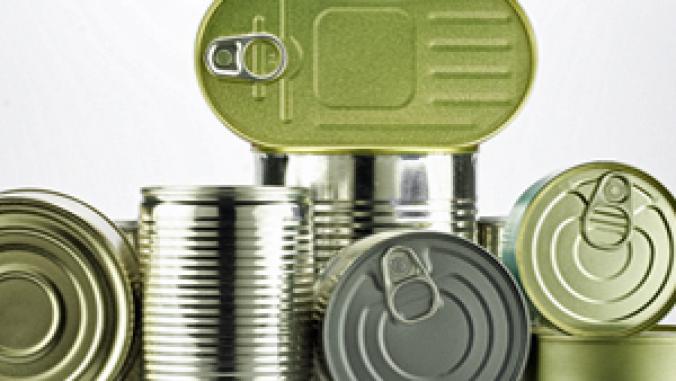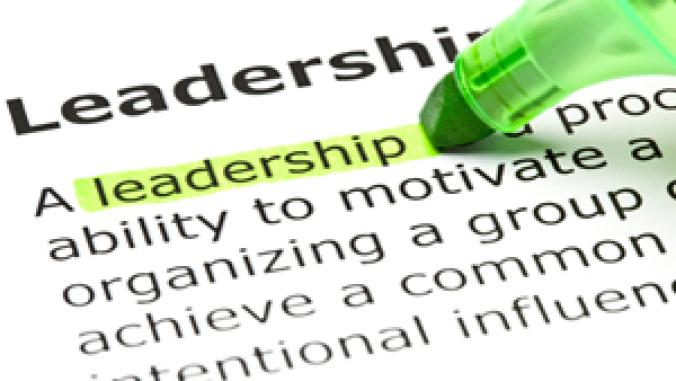Hilton Offers a Deep Look into Its LightStay Sustainability System
<p>As of this month, the more than 3,750 properties that are part of Hilton Worldwide are participating in the company's LightStay sustainability management program. Christopher Corpuel, Hitlon's green guru, tells GreenBiz how they made it happen.<br /> </p>

Sustainability has become a competitive factor among the hospitality industry's biggest brands and several have stepped up their efforts to make their operations and their offerings more environmentally friendly.
For example, Hyatt launched its Thrive program this past summer. Marriott, which is working to make its supply chain and properties greener, has teamed with flooring and fabric companies and other firms to form the Hospitality Sustainable Purchasing Consortium.
Hilton Worldwide developed a sustainability management system about three years ago and recently detailed the latest environmental benefits and savings from its program, called LightStay. They amount to more than $74 million in savings as a result of a 19 percent reduction in waste, a 7.8 percent drop in carbon emissions, a 6.6 percent decrease in energy use and 3.8 percent reduction in water consumption.
Hilton, which is working with other hospitality giants to devise a carbon footprint standard for their industry, is claiming a further environmental achievement that its executives say set the brand apart.
As of this month, the more than 3,750 properties across the 10 brands that make up Hilton Worldwide are participating in the LightStay sustainability management program. The company and its brands have also earned certification for the entire portfolio under the International Standards Organization's guidelines for quality and environmental management systems (known among the standards cognoscenti as ISO 9001 and ISO 14001, respectively).
"To my knowledge, we're still the only major multi-brand hospitality company to mandate measurement and corrective action across all of our brands and hotels," said Christopher Corpuel, Hilton Worldwide's vice president for sustainability. "So that means for us, as brand standard in our business, you must comply or risk losing your flag."
Mandating is one thing and gaining full compliance is quite another. I recently asked Corpuel how Hilton made it happen.
Three factors were core to the process, he said. The first involved rethinking how to manage the business in a resource-constrained world and a realization that it is essential to "focus on sustainability as a discipline of the business," Corpuel said.
"Our ability to achieve this progress came from a grounding, if you will, and an understanding that sustainability isn't a kind of marketing program or any kind of an initiative," he said. "It's really just like legal or finance or sales or IT. It's one of the disciplines we use to support our business of hospitality."
That understanding was fostered by Hilton Worldwide's leaders and the premise was articulated across the brands through the LightStay program, which provides a systemized approach to sustainability for properties to follow, said Corpuel, describing the other two key elements that are at center of the company's approach to sustainability.
LightStay helps the hotel properties measure utility and operational performance across over 200 touch points from purchasing and cleaning to providing meeting services. The system includes a meeting calculator to show customers how they can lessen the environmental impact of their events and track them, if need be.
"It's also got a social network dashboard, which allows our global properties across all brands to communicate, share best practices, track projects, and focus on improvement, as well as a range of reporting and analysis tools to support really helping them maximize the performance of their hotels," Corpuel said.
Here's more about the steps Hilton took to bring LightStay and ISO certification to all the properties under its brands:
Leslie Guevarra: Hilton doesn't own all the properties that are under its brands, right? What did you need to do to get them to comply?
Christopher Corpuel: You're right. It [LightStay] is across our own managed and franchise hotels, so there's no hotel in our system that isn't under this requirement. We took a very, a very methodical approach -- a crawl, walk, run approach.
It started with our learning and making sure we're providing the right mechanism and system for the hotels -- to help them manage performance, to help them reduce their costs, to help them respond to revenue opportunities, to manage local risk -- so that it [the system] would be a benefit for them. It took time to get to that place.
LG: How much time are we talking about?
CC: [It's been] a good three to four years of building up, learning, improving and taking these steps. It was about two and a half years ago, in '09-ish, when we made sustainability a global standard for all our hotels. But that took a lot of learning and global sharing to get to that place. So it's been a long road, and it's just the start of an ongoing road.
LG: What about the next milestone to the next milestone, getting every property under the ISO standards, what did that take?
CC: Ironically, we never set out to achieve certification. We built our business model to have LightStay exceed any global requirements or local demands. We felt we needed to integrate this into our model so we could proactively manage sustainability performance anywhere in the world. Whether it's Asia or Europe or the U.S. or South America. We wanted it to beyond what anybody was doing.
Also we also, on an annual basis, externally validate our performance data, just like a financial statement is validated. And so as part of that process, when we were planning for this year, 2011, the conversation of ISO came up.
LG: Usually, people don't go from, "We're thinking about doing it" to "We've got it done" in such a short period of time ...
CC: Yes, it [ISO certification] is a relatively rigorous process. To your point, this wasn't something that we said, "Hey, let's go out and do this thing. We think it would be cool." This has been building for many years And it was really almost a validation, if you will, of the process that we've built.
Here's how Corpuel responded to questions about customer engagement, green messaging and the possibility that some customers might not be interested in hearing it:
CC: it's definitely a line that you walk. It's a balance ... We view sustainability as an internal discipline to support our business, [and] in terms of customer, we take a similar approach -- which is if sustainability is a buy decision for a customer, we want them to know that we've woven it into our business in a way that helps drive our business of hospitality.
Now in terms of directly calling it out, probably the biggest area where that's relevant is in the group and meeting event space. Groups, meeting planners and travel managers who come to book business with us make what's called a request for proposal, an RFP.
They are mandating to know in that RFP document what we do as it relates to sustainability at a company level, at a brand level, at a property level. Part of our LightStay tool is that meeting calculator that I talked about, which allows the properties to create customized reports for those prospective clients about what their travel impact might be and anything that's going on at the property that relates to sustainability. It directly speaks to that customer.
And here's what Corpuel said when asked "What's next for Hilton?":
CC: The challenge is how do you continue to build? And I think one of the areas where we're really focused on now is in strategic partnerships. How do we build off our platform and reach out to potential partners that might be able to help us achieve objectives, support our hotels, maximize performance, and help our guests have terrific experiences with us?
An example of that would be our recently announced partnership with Global Soap Project [to reprocess used soap into new bars for communities and regions in need]. The other one would be our partnership with Good360 [to give gently used hotel linens and furnishing to charities].
Hilton has goals of reducing waste, energy consumption and carbon emissions by 20 percent and reducing water consumption by 10 percent by 2014.
Photos courtesy of Hilton Worldwide.





